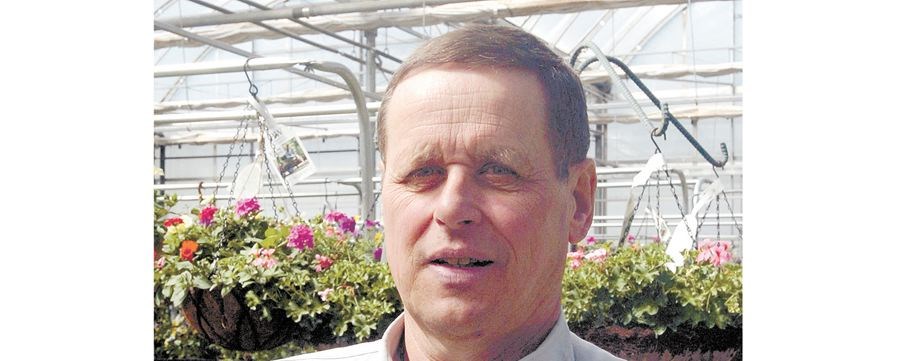Lawns make up a big part of the landscape, so its important to continue to look after them into the fall, to ensure that they are strong and healthy going into winter and will look great next spring.
Lawns have different fertilizer requirements in the fall than they do in the spring/summer. During the spring and summer months, lawns are fertilized to encourage green, healthy blades of grass. We use lawn fertilizers that have a high percentage of nitrogen (first of the three numbers listed on the fertilizer label) because nitrogen encourages green leafy growth. The last application of these fertilizers should have been mid-August.
In the fall the top growth of the grass slows down and stops as it stores nutrients for the winter months. As long as the grass is green it is storing nutrients. Applying a fall fertilizer in the fall will help strengthen the lawn for the winter. A fertilizer that is high in potassium (third number of the three listed on the label) such as 6-3-12 works well, as potassium builds up and strengthens the grass plant root system making it more tolerant to cold and stress. Apply fall fertilizer on the lawn in early fall.
Rake fallen leaves from deciduous trees and shrubs off the lawn. Don't allow them to pile up on the grass as this will block the sunlight and oxygen, as well as create a moist, heavy barrier and make it easier for disease. Piles of fallen leaves left on the lawn over the winter months will smother new grass in the spring. Disease and pest-free fallen leaves can be used as extra mulch on flowerbeds or be placed in the compost. If you have a mulching lawnmower, you can run the lawnmower over the leaves on the lawn to break them down into smaller pieces, and this can be left on the lawn as mulch that will help insulate the lawn. Don't leave more than three to four centimetres of mulched leaves on the lawn, or you will end up smothering the grass.
If your lawn needs lime, fall is a good time of year to do it. Before applying lime, do a simple pH test first. The pH should be between 6.5 and 7. If you had moss in the lawn or if the lawn was not growing well, even after it was fertilized it could mean that it needs lime.
You may notice that as temperatures cool down you don't need to mow the lawn as often as you did over the summer months. It is still important to keep up on the mowing, but to help stimulate growth on the roots of the grass raise the blade of the lawnmower one notch. Grass length should be five to seven centimetres. Longer grass will provide extra protection, especially over the winter months when it traps the snow between its blades, creating a warm blanket. You don't want to keep it too high as this will make it more attractive to voles and mice which can do a lot of damage to the lawn and landscape over the winter months.
If you had patchy areas in the lawn, now is a good time to top-dress and re-seed the lawn. After all the leaves have been raked, add a thin layer of good quality soil to the lawn, and then re-seed with a matching grass seed. Moisten the soil and continue to keep it moist until germination.
This is a good time of year to remove weeds, either manually or chemically. Weeds that may have been dormant during the summer heat have become active again and this is a great time to control them before winter sets in, so that next spring you will be left with a healthy, weed-free lawn.



